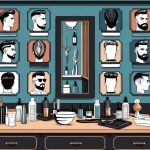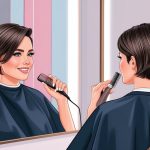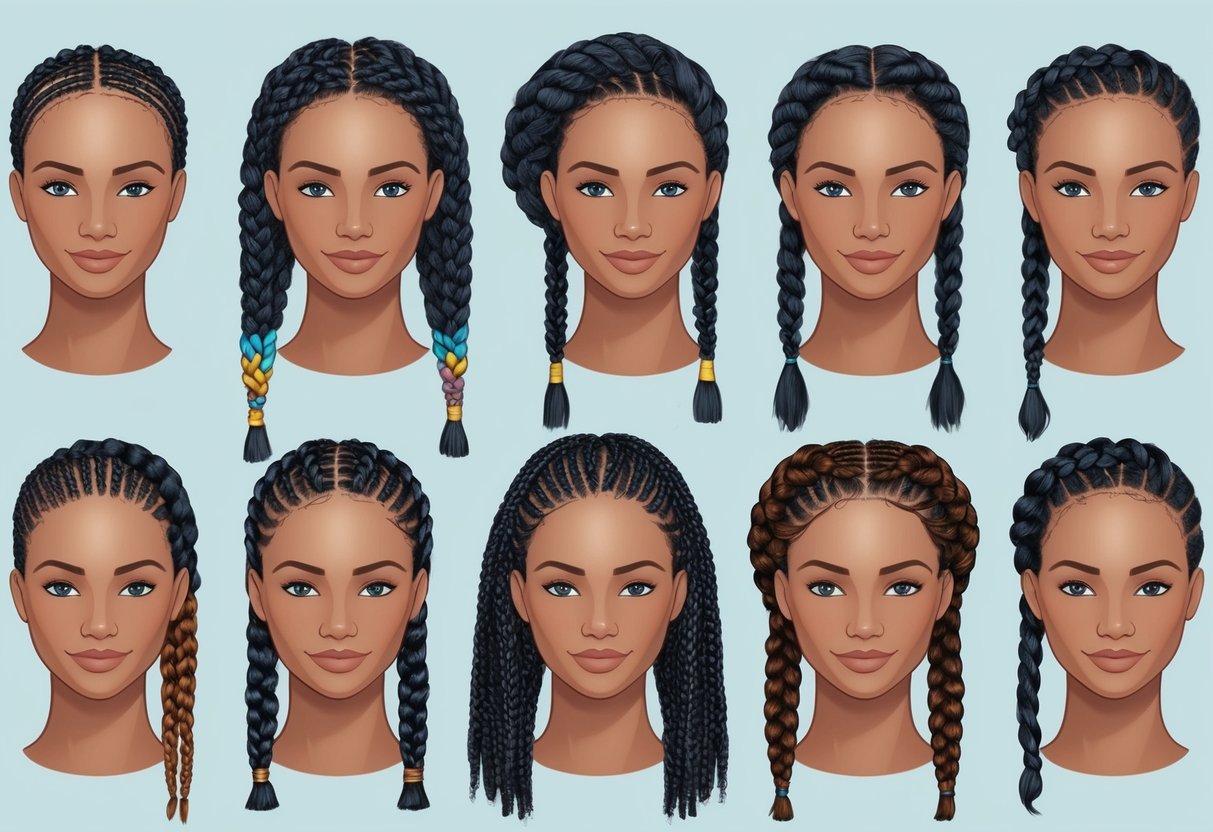
Wigs and Weaves as Protective Solutions
Wigs and weaves let natural hair rest and remain protected from environmental stressors. Wigs are especially versatile, offering low-commitment daily changes, and can shield strands from manipulation and harsh weather.
Traditional sew-in weaves involve braiding the natural hair flat, then sewing the wefted hair onto the braids. This keeps the natural hair hidden and reduces friction or breakage.
For best results, individuals should secure wigs with minimal adhesive or adjustable straps and maintain scalp health with regular cleansing and conditioning. Protective weaves and wigs are an effective shield for natural hair, but they require proper care to avoid issues like traction alopecia from too-tight installs.
Clip-Ins for Added Volume
Clip-in hair extensions offer a quick way to boost volume and length without long-term commitment. They can be clipped in or removed as needed, making them ideal for special occasions or experimenting with protective braid styles like chunky box braids or half-up looks.
When selecting clip-ins, matching the color and texture to the natural hair is essential for a seamless blend. Because clip-ins are not worn overnight and impose less tension, they are a low-risk option for many hair types.
Care is crucial: clip-ins should be gently installed and removed to avoid excess pulling or stress on natural hair strands. Regular gentle washing and storing the clip-ins properly maintains their quality and reduces tangling.
Maintaining and Caring for Protective Braids
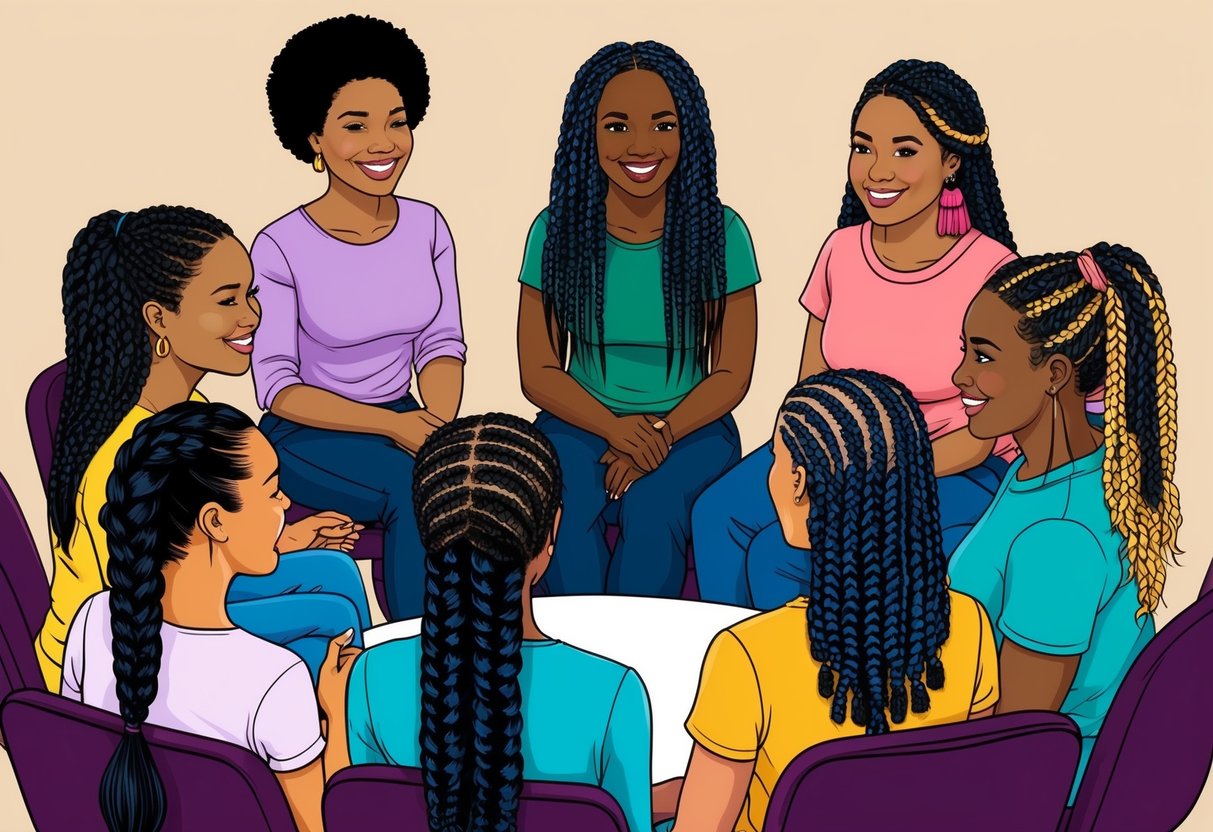
Proper care for protective braids ensures styles last longer and helps prevent breakage, dryness, and scalp irritation. Attention to moisture, regular cleansing, and gentle edge protection gives the best results for all hair types.
Washing and Moisturizing Techniques
Keeping braided hair clean is crucial for scalp health and braid longevity. Wash the scalp every 1-2 weeks with a sulfate-free shampoo, focusing on the roots rather than the hair lengths to avoid frizz and buildup.
Follow with a thorough rinse and gently dab braids with a microfiber towel to prevent fraying. Hydration is essential.
Apply a water-based leave-in conditioner or a hydrating spray directly on both the scalp and braids. Natural hair oils or lightweight serums can be used sparingly to seal in moisture.
Incorporate deep conditioning treatments every few weeks before installing a new style. This process keeps hair underneath healthy and strong.
Protecting Edges and Scalp Health
Tension-free styling is key when installing braids. Edges should never feel tight or look strained, as this can lead to thinning or loss.
Use a gentle edge control product for smoothing baby hairs without causing buildup or stiffness. Scalp care is just as important as the braids themselves.
Lightly massage the scalp with fingertips to encourage blood flow, and address any itching with a braid spray or natural oils like tea tree oil. Sleeping in a satin scarf or bonnet protects both the scalp and edges from friction, helping to maintain neatness and prevent frizz for longer-lasting styles.
For more tips on healthy maintenance, visit this guide on protective braid care.
Preventing Damage and Promoting Healthy Hair Growth
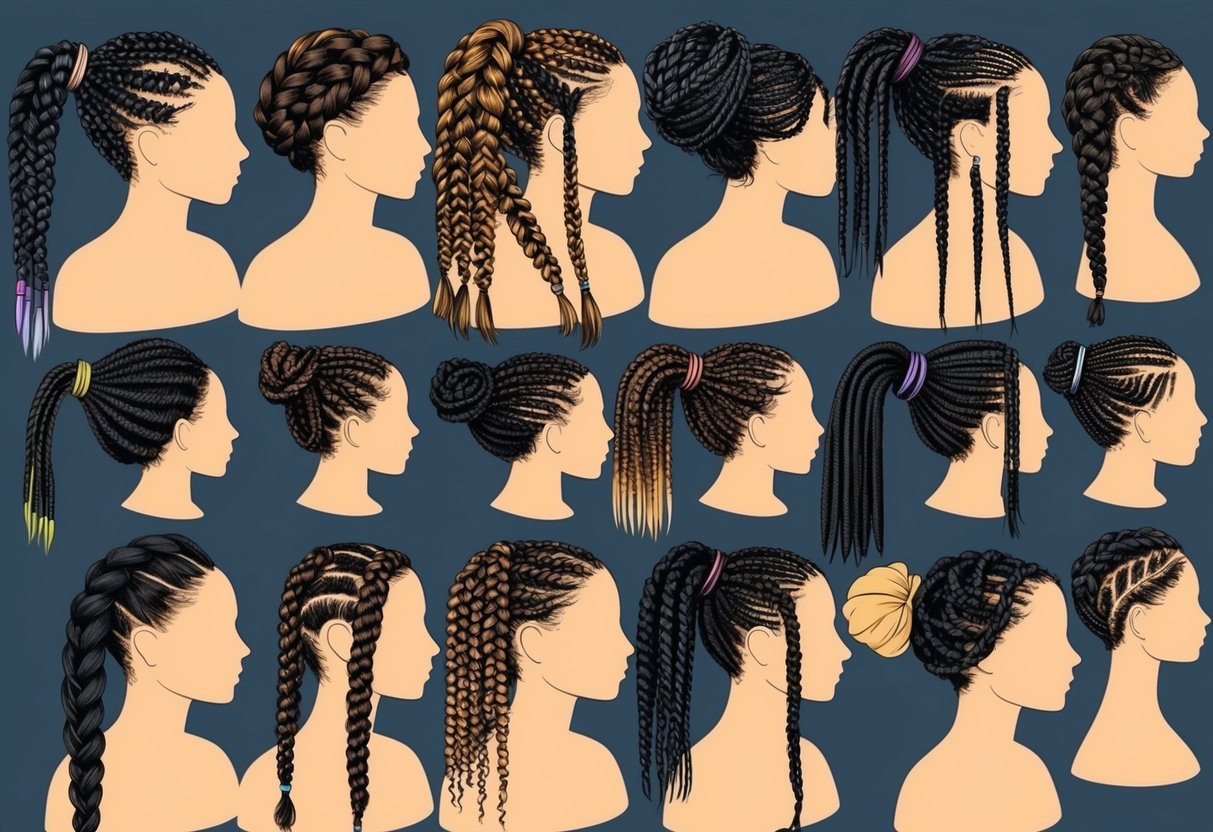
Protective braids can support healthier, longer hair when installed and cared for correctly. The most effective routines incorporate simple preventive steps that reduce breakage and avoid stress on hair follicles.
Managing Hair Breakage
Breakage happens when hair loses strength due to dryness, improper installation, or rough manipulation. To reduce this, begin by moisturizing the scalp and strands before and during the braiding process.
Lightweight leave-in conditioners and oils keep braids supple without heavy buildup. Gentle detangling with a wide-tooth comb before braiding helps prevent unnecessary snapping.
Trimming split ends prior to styling removes areas that are likely to break. When wearing protective braids, it’s important to avoid styles that are too tight, as excessive tension can worsen damage.
At night, wrapping hair in a satin or silk scarf reduces friction and keeps braids intact. Washing braided hair every 1–2 weeks with diluted shampoo cleans the scalp without disturbing the pattern or causing tangling.
This promotes hair growth and reduces the risk of irritation.
Avoiding Traction Alopecia
Traction alopecia is hair loss caused by persistent tension at the scalp. This form of hair damage is common with tightly installed braid patterns or heavy extensions.
Choosing looser, larger braids and updating part lines regularly can minimize stress at the hairline and nape. Installers should ensure braids at the edges are not tightly pulled, especially for children or people with sensitive scalp areas.
Shorter braid styles or knotless braids are lighter in weight and less likely to pull on follicles. Switching up the type and direction of braids between installs reduces pressure on the same scalp areas.
If small bumps or tenderness appear along the hairline, it’s important to remove the braids immediately to prevent permanent follicle loss. For more, see protective styles and how they affect traction alopecia risk.
Minimizing Heat Styling and Hair Damage
Frequent use of heat styling tools such as flat irons and blow dryers weakens the hair shaft and leads to split ends, dryness, and accelerated breakage. Air drying after washing and using cool water rinses help maintain hair health.
Limiting the use of direct heat before, during, and after the braiding process supports stronger strands. When stretching natural hair before braiding, opt for heatless methods like banding or twisting instead of hot tools.
If blow drying is necessary, use a heat protectant spray and a low-heat setting. This lowers the risk of heat-related hair damage and keeps protective braids looking smooth.
Avoiding additional styling with curling irons or hot combs while wearing braids preserves the structural integrity of the hair. Letting the braids set naturally will also help the style last longer.
For further maintenance tips, see guidance on protective hairstyles.

